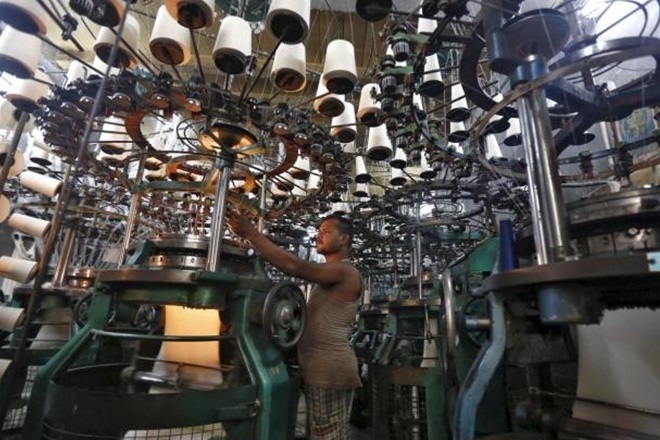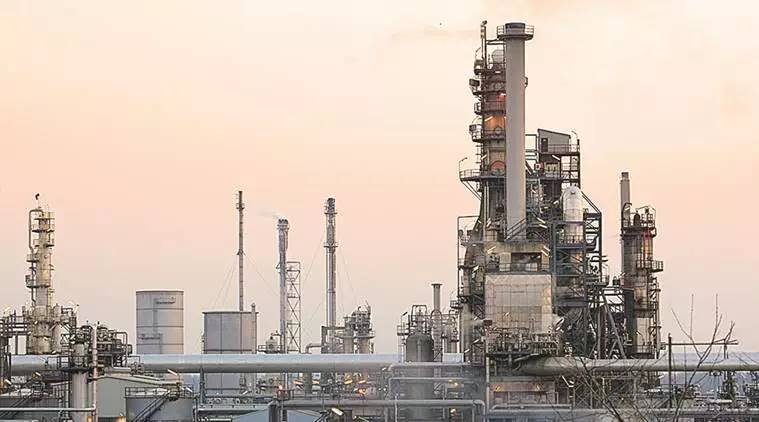
With the first-quarter GDP growth falling to a six-year low of 5 per cent, there has to be amiss in the economy. Where the jobs are at stake, economists are debating whether the slowdown is cyclical or structural. “Consumption is not picking up and companies are not investing like they used to. This has been the trend since demonetisation in 2016,” said Madan Sabnavis, Chief Economist, Care Ratings to The Indian Express. He added that the government is going in for a series of announcements to reinvigorate the economy over the last couple of weeks, which is against the backdrop of misgovernance of the earlier regime. The rural economy has been buffeted since demonetisation, he further added.
In 2017, low growth was due to the implementation of GST, which led to destocking and lower production but this time, it is structural in nature, with the demand side dominating, said Madan Sabnavis. What’s hitting demand the most is the fact that households are not spending as employment generation has been limited and incomes have not been rising. The government has cut the interest rates but the impact has been limited as companies don’t borrow just because rates come down. There needs to be a reason for fresh investment in terms of prospects, and more importantly, there has to be demand, he added.
Also Read: Bad news on economy front: Manufacturing dips to 15-month low
Given the credit risk profile of India Inc. in the present environment, willingness to lend is more important than the issue of liquidity. Making “doing business” easier is positive and creating mega PSBs a progressive step but this cannot change the 5 per cent growth number immediately, Madan Sabnavis added. He underlined that the money has to be spent and a fiscal compromise is required else, the economy will continue to walk the path of gradual upward movement.


